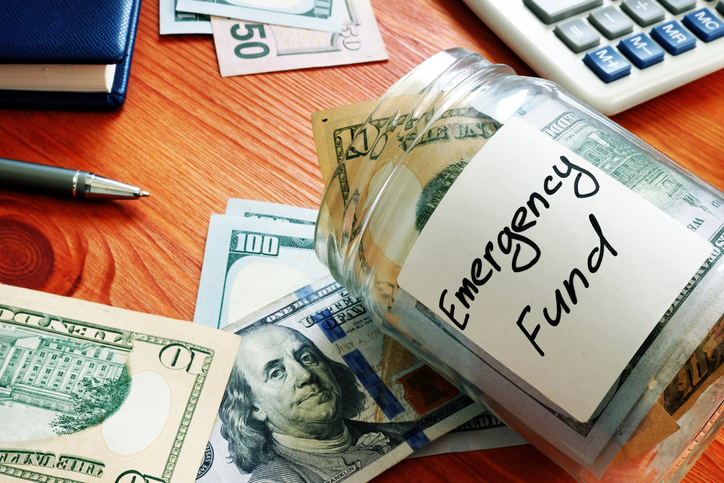When it comes to financial plans, your assets, cash flows and debts all influence the path toward your goals. While talking to a financial advisor can help you establish a comprehensive plan to reach your goals, you can use basic rules of thumb to gauge your current financial position.
1. Housing Ratio

(Monthly housing costs)/(Monthly gross income) ≤ 28%
Whether you rent or are paying your mortgage, your regular housing payments generally should not exceed 28% of your gross monthly income. This guideline helps you maintain enough cash flow for other expenses, as well as savings.
2. Savings

(Annual savings)/(Annual gross income) ≥ 10%
Ideally, savings should be at least 10% of your gross income in order to prepare for future expenses. This includes investments and retirement contributions, in addition to cash set aside for short- or long-term financial goals.
Talk to a financial advisor today to maximize your savings and investments.
3. Consumer Debt

(Monthly consumer debt payments)/(Monthly net income) ≤ 20%
Consumer debt – including car payments, personal loans and credit card debt – should not exceed 20% of your net income. A mortgage does not count toward consumer debt, as real estate is an asset.
4. Total Debt

(Total monthly debt)/(Monthly gross income) ≤ 36%
Total debt does include mortgage payments, as well as any alimony, child support and consumer debt you may have. In total, your debt obligations typically should not exceed 36% of your gross income to stay financially stable. A financial advisor can help you get debt under control.
5. Current Ratio

(Current assets)/(Current short-term liabilities)
“Current assets” refers to any cash or cash equivalents you have, like money in checking accounts, savings accounts and even CDs. On the other hand, short-term liabilities refer to upcoming debt payments.
There’s not one single “right” value for your current ratio, but it helps you understand how much liquidity you have in the event of a financial emergency. The closer your current ratio is to 1, the more likely you are to be able to handle the unexpected. Coming in higher than 1 indicates your full ability to pay off your upcoming debts with liquid assets.
6. Emergency Fund

3-6 months of expenses
Many factors can play into your emergency fund savings, including whether you have dependents, how many income sources you have and the cost of living in your area. In general, you should have three to six months worth of expenses set aside in non-volatile, accessible accounts, like a high-yield savings account. A financial advisor can help you allocate funds appropriately to protect your investments.
7. Net Worth

Subtract liabilities from your assets
Your net worth can be used to track how well you’re progressing toward your financial goals over time. Assets may include retirement and investment accounts, cash and liquid accounts and often home equity. Liabilities include debts owed, like mortgages, auto loans or credit card debt.
Do you have questions about your short- and long-term financial plans? Speak with a financial advisor today.